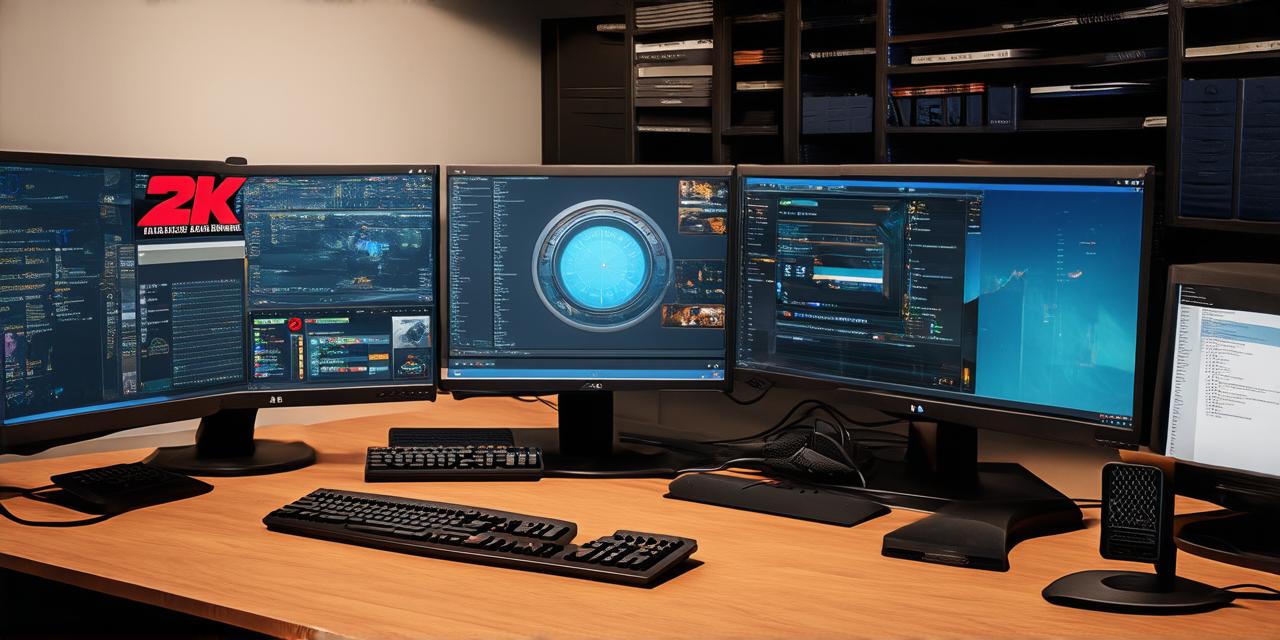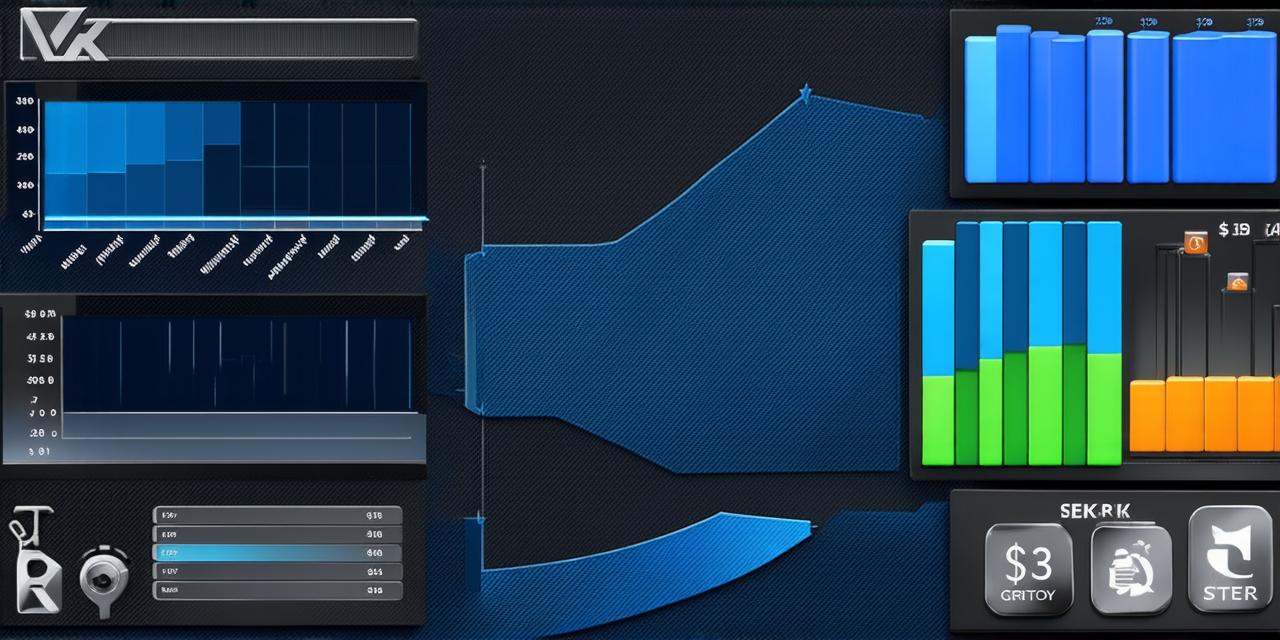Introduction
Steam is an online platform that allows game developers to sell their games directly to consumers. It was launched in 2008 by Valve Corporation and has since become one of the largest digital storefronts for video games.
Revenue Models for Game Developers on Steam
There are several revenue models that game developers can use to monetize their games on Steam. The most common include:
- Full price release
- Early access
- Subscription model
- Freemium
- In-game purchases
Full price release is the traditional model, where the developer releases the game for a fixed price to all players. This model can be risky, as the player has no guarantee that the game will be good or worth their money. However, if the game is well-received and has a large player base, it can generate significant revenue over time.
Early access allows developers to release their games before they are fully completed, giving players access to new content and features as they become available. In exchange for early access, players usually pay a lower price than they would if the game was released in its final form. This model is popular among indie developers who want to generate revenue while they continue to work on the game.

Subscription models require players to pay a recurring fee to access the game’s content and features. This model can be attractive for players who want to play the game without having to purchase it outright, but it can also lead to player churn if the developer fails to continually update and improve the game.
Freemium is a model where the game is free to play, but players can choose to purchase additional content or features to enhance their experience. This model is popular among casual gamers who want to try the game without committing to a purchase. However, it can be challenging for developers to monetize this model effectively, as many players may not be willing to spend money on in-game purchases.
In-game purchases allow players to buy virtual goods within the game, such as skins or weapons. This model can generate significant revenue if the developer creates high-quality items that are popular among players. However, it can also be controversial if the items are too expensive or seem unfairly advantageous to players who purchase them.
Pricing Strategies for Game Developers on Steam
When setting prices for their games on Steam, game developers need to consider several factors, including:
- Market demand
- Development costs
- Target audience
- Competition
- Profit margins
Market demand is an important factor to consider when pricing a game on Steam. If there is high demand for the game’s genre or theme, developers can charge more. However, if the market is saturated with similar games, developers may need to lower their prices to remain competitive.
Development costs are another critical factor that developers need to consider when pricing their games on Steam. The cost of creating a game can vary significantly depending on factors such as the team’s size, the length of development, and the complexity of the game. Developers should ensure that their prices cover their development costs while also allowing them to generate a profit.
Target audience is another important consideration when pricing games on Steam. Developers need to consider whether their target audience is willing to pay the price they are asking for. For example, casual gamers may not be willing to pay as much for a game as hardcore gamers.
Competition is also an important factor that developers need to consider when pricing their games on Steam. If there are many similar games available at lower prices, developers may need to lower their own prices to remain competitive.
Profit margins are the final factor that developers need to consider when pricing their games on Steam. Developers should aim to generate enough revenue to cover their development costs and provide a reasonable profit margin. However, they should also be mindful of market demand and competition when setting their prices.




